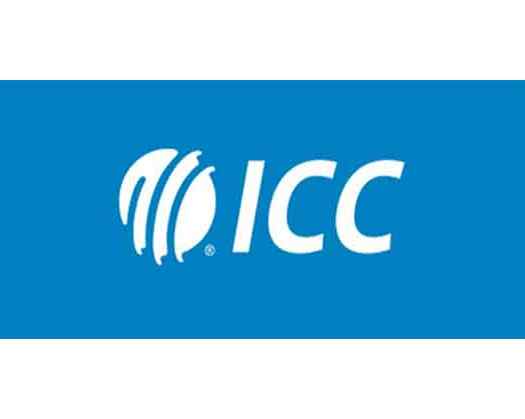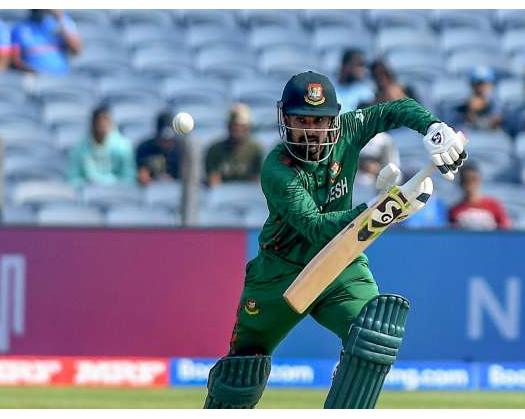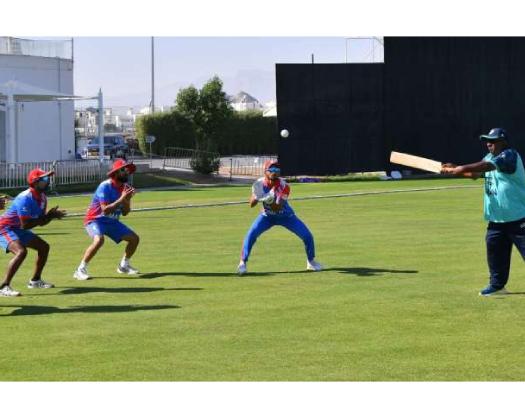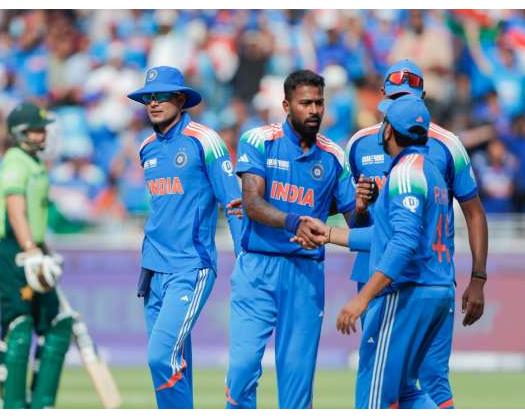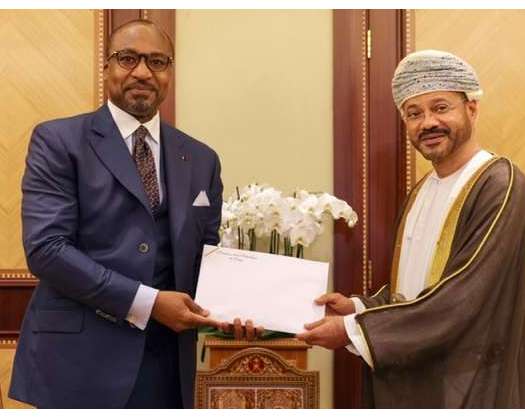According to ESPNcricinfo, the International Cricket Council (ICC) is considering changing the current two-ball playing conditions in one-day internationals in order to restore the format's balance between bat and ball.
The ICC men's cricket committee, led by Sourav Ganguly, proposed that the move be implemented by the board of chief executives. According to the recommendation, each inning will begin with two new balls, as it does now, but the fielding side will be able to choose which ball to bowl with after the 34th over, at which point both balls will be 17 overs old. The ball that is not chosen will be preserved as a spare and utilized if needed.
According to ESPNcricinfo, the cricket boards are scheduled to provide input on the changes before the end of the month. If there is universal agreement, the recommendation will be incorporated into the playing conditions, most likely at the ICC's annual general meeting in July.
In October 2011, the ICC introduced the current playing conditions. Until the 2011 World Cup in India, ODI playing circumstances required a mandated ball change after the 34th over of an innings, with a similarly used ball being replaced by one that was cleaner and easier to see.
In addition, the boards will discuss and provide feedback on the implementation of a 60-second stop clock in Test cricket. This policy will help to overcome the format's sluggish turnover rates. It has been in place for T20I and ODI matches since last year.
Teams that are behind schedule in completing their overs are punished by bringing one additional fielder within the 30-yard circle. The committee also discussed the World Test Championship's bonus-point reward scheme. However, the consensus was that it would be too complex to implement.

